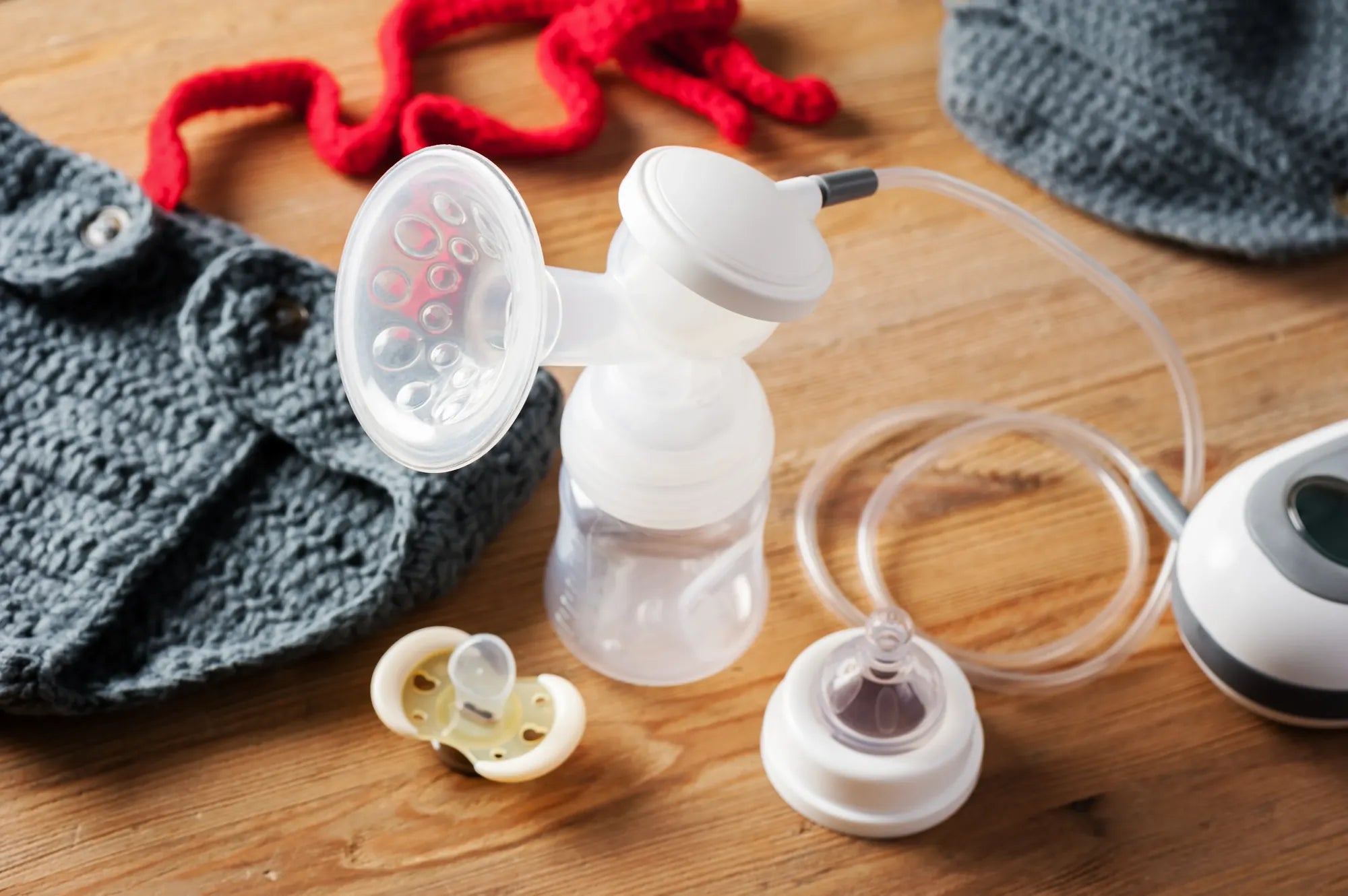Home
Pregnancy, Breastfeeding, and Pumping: The Ultimate Guide for Moms
Why Is My Breast Pump Not Working as Well: Troubleshooting Guide

Why Is My Breast Pump Not Working as Well: Troubleshooting Guide
Breast pumps are essential tools for many nursing mothers, but when they stop working as well as they should, it can be frustrating and stressful. Understanding the potential reasons behind this issue and knowing how to address them can make a significant difference in your pumping experience. This guide will walk you through the most common causes of breast pump inefficiency and provide actionable tips to get it back on track.
Common Reasons Why Your Breast Pump May Not Be Working Well
There are several factors that could contribute to your breast pump not performing as expected. Here are some of the most common issues:
1. Improper Assembly
One of the most frequent reasons for a breast pump not working well is improper assembly. If any part of the pump is not correctly fitted or connected, it can lead to reduced suction or complete malfunction. Always refer to the user manual to ensure that all components are assembled correctly.
2. Worn-Out Parts
Over time, certain parts of the breast pump, such as valves, membranes, and tubing, can wear out and lose their effectiveness. Regularly inspect these components and replace them as needed to maintain optimal performance.
3. Clogged or Dirty Parts
Dirt, milk residue, or other debris can clog the breast pump's parts, reducing its efficiency. Regular cleaning and proper maintenance are crucial to prevent this issue. Make sure to disassemble the pump and clean all parts thoroughly after each use.
4. Incorrect Suction Settings
Using the wrong suction settings can also affect the pump's performance. If the suction is too high or too low, it may not extract milk effectively. Experiment with different settings to find the one that works best for you.
5. Power Supply Issues
For electric breast pumps, power supply problems can lead to inconsistent performance. Ensure that the pump is fully charged or properly plugged in. If you're using batteries, make sure they are fresh and correctly installed.
6. Incorrect Flange Size
Using the wrong flange size can cause discomfort and reduce the pump's efficiency. The flange should fit snugly but not too tightly, allowing for proper milk extraction. If you're unsure about the correct size, consult a lactation specialist.
How to Troubleshoot and Fix Your Breast Pump
Now that you know the common reasons why your breast pump may not be working well, here are some steps you can take to troubleshoot and fix the issue:
1. Check the Assembly
Start by disassembling the breast pump and then reassembling it according to the user manual. Make sure all parts are securely connected and properly aligned.
2. Replace Worn-Out Parts
Inspect the valves, membranes, and tubing for signs of wear and tear. If any part looks damaged or worn out, replace it with a new one. Keeping spare parts on hand can be helpful.
3. Clean the Pump Thoroughly
Disassemble the pump and clean all parts with warm, soapy water. Rinse thoroughly and allow them to air dry. Avoid using harsh chemicals or abrasive materials that could damage the components.
4. Adjust the Suction Settings
Experiment with different suction levels to find the one that works best for you. Start with a lower setting and gradually increase it until you find the most comfortable and effective level.
5. Check the Power Supply
Ensure that the pump is fully charged or properly plugged in. If you're using batteries, replace them with fresh ones. For electric pumps, try using a different power outlet to rule out any issues with the current one.
6. Verify the Flange Size
Measure your nipple size and compare it to the flange size you're using. If the flange is too large or too small, consider purchasing a different size. A lactation specialist can help you determine the correct fit.
Preventive Measures to Keep Your Breast Pump Working Well
To avoid future issues with your breast pump, consider implementing the following preventive measures:
1. Regular Maintenance
Regularly inspect and clean your breast pump to ensure it remains in good working condition. Follow the manufacturer's guidelines for maintenance and replacement of parts.
2. Proper Storage
Store your breast pump in a clean, dry place to prevent dust and debris from accumulating. Keep all parts together in a designated storage bag or container.
3. Use the Correct Settings
Always use the suction settings that are most comfortable and effective for you. Avoid using the highest setting unless necessary, as it can cause discomfort and reduce the pump's lifespan.
4. Replace Parts as Needed
Keep an eye on the condition of the valves, membranes, and tubing. Replace them as soon as you notice any signs of wear and tear to maintain optimal performance.
5. Consult a Specialist
If you're experiencing persistent issues with your breast pump, consider consulting a lactation specialist or the manufacturer's customer support. They can provide additional guidance and troubleshooting tips.
By understanding the common reasons why your breast pump may not be working well and taking the necessary steps to address them, you can ensure a more efficient and comfortable pumping experience. Remember, regular maintenance and proper usage are key to keeping your breast pump in top condition. Don't let a malfunctioning pump disrupt your nursing journey—take action today to restore its performance and enjoy a smoother pumping experience.
Share

